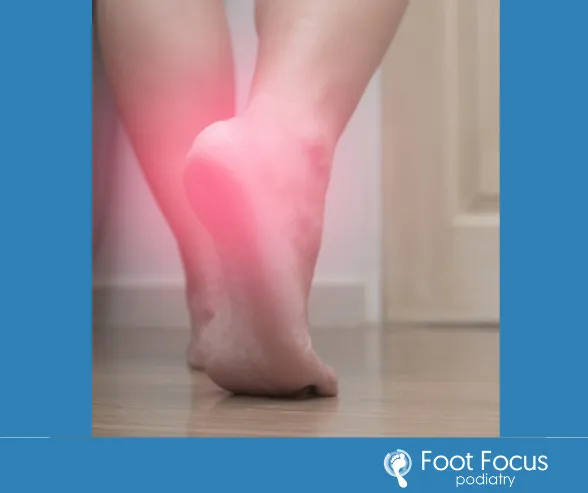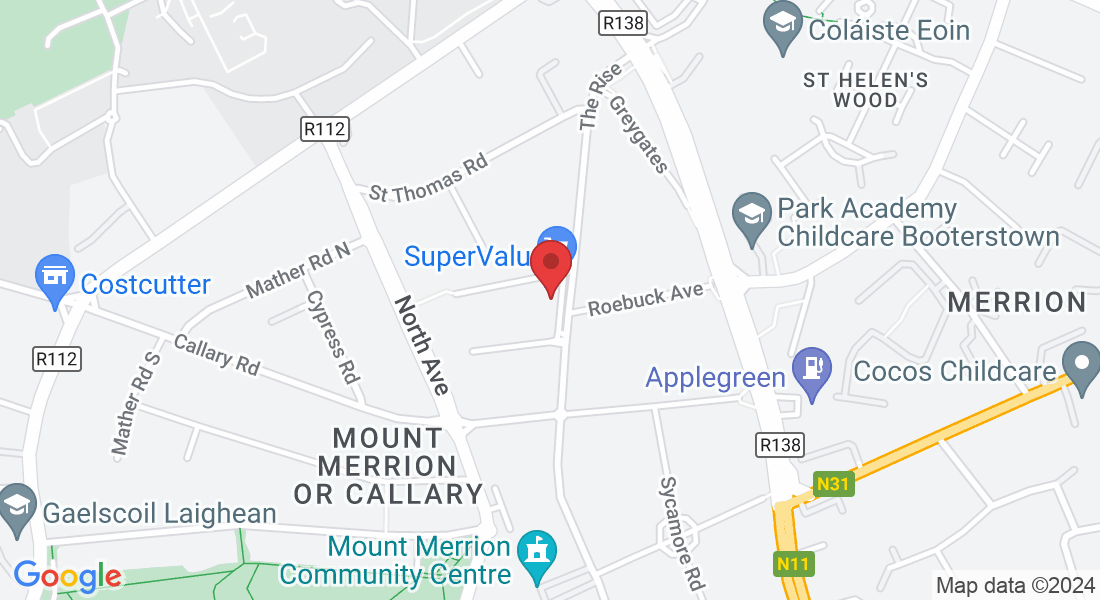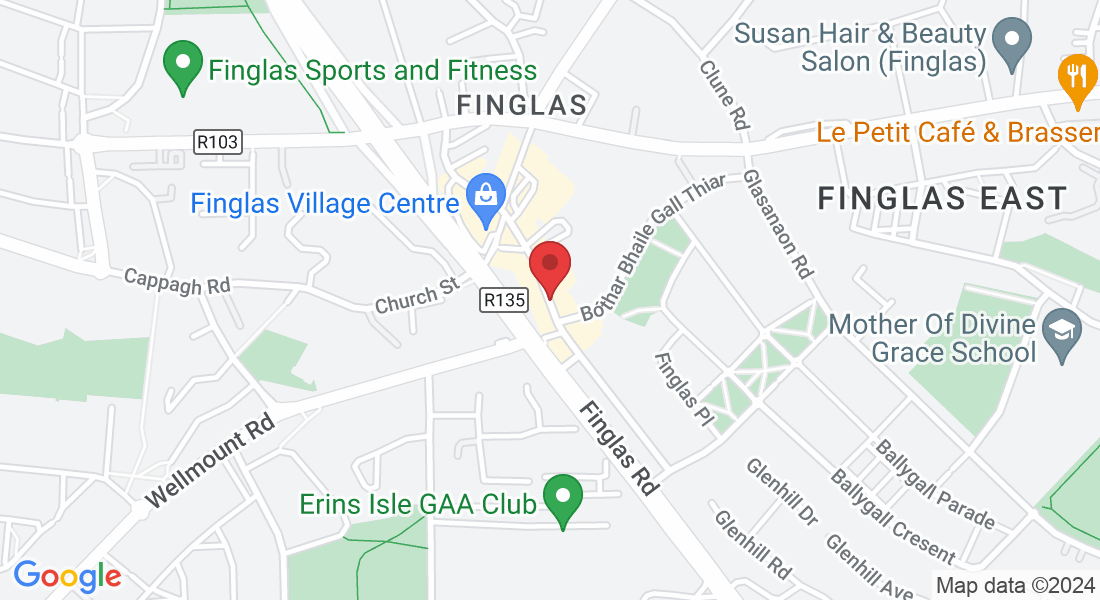Tips & Advice From Foot Focus Podiatry Clinic

Plantar Fasciitis Exercises: Your Path to Relief
Plantar Fasciitis Exercises: Your Path to Relief
Just as a finely tuned violin produces a harmonious melody, so too must our bodies be in balance for seamless function. Lamentably, the piercing pain of plantar fasciitis often strikes a discordant note.
As dawn paints the sky, you might step out of bed, anticipating a fresh beginning, but instead, you're greeted by a sharp, unwelcome sensation at the base of your foot. It's as if each morning brings not a new day, but a reminder of the persistent discomfort. Yet, there's solace to be found, for even amid such distress, there are proven strategies to mitigate the pain and reclaim the symphony of your stride.
Understanding Plantar Fasciitis
Plantar Fasciitis is a degenerative condition characterised by the inflammation of the plantar fascia, the thick band of tissue that spans the bottom of your foot, connecting your heel bone to your toes. Common among those between the ages of 40 and 60, it manifests as a sharp, stabbing pain in the heel, particularly pronounced after periods of rest.
Frequently exacerbated by excessive strain on the foot’s arch, Plantar Fasciitis is often the repercussion of prolonged standing, excessive weight, or ill-fitting footwear, posing a disruptive challenge to daily activities.
Symptoms and Causes
Plantar Fasciitis manifests as a sharp, stabbing heel pain, particularly upon taking the first steps after waking or resting.
The plantar fascia, essential for foot arch support, bears significant stress during walking or standing.
This condition is frequently linked to excessive strain on the foot's arch - from prolonged standing, overweight, or unsuitable shoes.
Often, the cause is a confluence of factors—age-related degeneration, biomechanical issues like overpronation, or repetitive impact on hard surfaces.
Importance of Exercise Routine for Healing
Consistent, structured exercises are pivotal in alleviating the discomfort caused by Plantar Fasciitis. They facilitate the recovery of the affected area through controlled stretching and strengthening, thereby enhancing the healing process.
For individuals suffering from Plantar Fasciitis, engaging in specific exercises aimed at stretching and strengthening the plantar fascia, Achilles tendon, and lower leg muscles, can improve foot mechanics and alleviate pain. This regimen typically involves a combination of stretching exercises that target the affected tissues, gradually improving elasticity and reducing tension in the plantar fascia. The strengthening component helps to build support around the foot's arch, contributing to a more stable and functional foundation.
Moreover, appropriate exercise fosters blood circulation, which is crucial for delivering nutrients and oxygen to the injured tissues. Sustained blood flow plays a vital role in tissue repair, augmenting the natural healing mechanisms within the body. This not only hastens recovery times but also reduces the risk of re-injury by promoting robust tissue health.
In conclusion, a regimen of targeted exercises constitutes an indispensable component of a comprehensive treatment strategy for Plantar Fasciitis. Practitioners should advocate for a progressive exercise program tailored to individual needs and capabilities, which will enhance tissue resilience and restore optimal foot function. These interventions serve as a cornerstone in managing the condition and mitigating future occurrences, ultimately fostering lasting foot health and well-being.
Stretching the Plantar Fascia
Gentle yet consistent stretching of the plantar fascia is paramount for alleviating the discomfort associated with Plantar Fasciitis. Beginning with simple stretches, such as the towel stretch, and progressing to more dynamic ones, such as the stair stretch, can ease tension and improve flexibility in this dense band of tissue.
These stretching exercises should be performed meticulously, avoiding any abrupt movements that may exacerbate the condition. Consistency in these routines is key to achieving gradual but perceptible improvement in the symptoms of Plantar Fasciitis.
Towel Stretch for Morning Relief
Plantar Fasciitis often presents a particular challenge upon awakening, as the plantar fascia tightens overnight. A towel stretch can significantly reduce morning discomfort, preparing the foot for daily activities.
To begin, sit with your leg extended comfortably. Place a rolled towel under the ball of your foot, grasping each end with your hands.
Then, gently pull the towel towards you while keeping your knee straight, creating tension along the plantar fascia. Hold this stretch for a duration of 15 to 30 seconds, repeating it 2 to 4 times for maximum effectiveness, and ensure this is done before taking your first steps of the day.
Incorporating this stretch into your morning routine can markedly improve plantar fascia flexibility, thus diminishing pain. It is a foundational exercise which is deceptively simple yet profoundly influential in managing Plantar Fasciitis. Patients are strongly advised to perform this exercise daily to facilitate the loosening of the plantar fascia and to establish a basis for more advanced therapeutic exercises going forward.
Calf Stretches for Flexibility
Calf stretching is crucial, as tightness in these muscles can exacerbate plantar fasciitis symptoms. The gastrocnemius and soleus muscles, comprising the calf, exert a direct pull on the heel and hence impact the plantar fascia.
To stretch the gastrocnemius muscle, stand facing a wall with one foot in front of the other. With both heels on the ground, lean forward, ensuring that the back leg remains straight. This stretch targets the larger muscle of the calf. For a deeper stretch, move your back foot slightly further away from the wall. Hold each stretch for 15 to 30 seconds and perform it 3 times per leg. Repeat the session twice to thrice daily, especially before and after periods of prolonged rest or exercise.
Next, to focus on the soleus muscle, which lies beneath the gastrocnemius, modify the previous stretch by bending the back knee slightly. It's important to maintain the heel firmly on the ground to ensure effective stretching of the lower calf muscle. This subtle change in posture allows for isolating and stretching the soleus more effectively.
Finally, for a comprehensive approach to flexibility, combine these calf stretches with ankle dorsiflexion movements. By flexing the ankle and drawing the toes towards your shin, the stretches synergistically work with the Achilles tendon and subsequently provide relief to the plantar fascia. Consistent practice of these stretches can promote flexibility which, in turn, can aid in reducing strain on the plantar fascia, thereby alleviating associated discomfort.
Strengthening Exercises
As part of a robust strategy to combat plantar fasciitis, incorporating strengthening exercises is of paramount importance. Such exercises aim to fortify the intrinsic muscles of the foot, notably those around the arch, which directly support the plantar fascia. Maintaining a routine with calf raises can facilitate the buildup of strength in these key areas, thereby enhancing foot stability and mitigating stress on the plantar fascia. It is crucial to perform these movements with proper form and a gradual increase in repetitions to prevent overexertion. Building a foundation of muscular endurance within the foot can substantially contribute to the amelioration of symptoms associated with plantar fasciitis.
Arch Lifts for Support
Arch lifts can play a critical role in stabilising your foot's structure. When executed correctly, they enhance the support provided by your foot's arch, contributing to the alleviation of plantar fasciitis pain. This exercise targets the intrinsic muscles vital for arch integrity.
In 2016, a pivotal study expounded upon the added benefits of arch lifts, indicating that disciplined practice could not only support foot function but also potentially prevent the recurrence of plantar fasciitis. Arch lifts, through their ability to strengthen the foot, may serve as both a therapeutic and preventative measure.
Indeed, arch lifts are not a mere quick fix, but a component of a long-term rehabilitation strategy. The goal is to build a foundation of muscle strength that underpins the entire foot and provides enduring support to the plantar fascia, thereby mitigating pain and enhancing foot function.
Performing arch lifts with adequate precision and consistency is key to their effectiveness. Begin with a moderate volume of repetitions, gradually escalating as your foot adapts. It is vital to monitor any discomfort and adjust the exercise intensity accordingly to ensure a safe progression.
Persistent engagement in arch lifts can significantly fortify the foot's mechanics. Persist with these exercises and you may notice a meaningful reduction in the discomfort associated with plantar fasciitis.
Toe Curls for Muscle Tone
Toe curls are instrumental in strengthening the intrinsic muscles of the foot, vital for stability.
Place a towel on the floor and sit in a chair with your feet flat.
Attempt to grasp the towel with your toes, curling them towards you.
Hold the curl for a few seconds before releasing.
Gradually increase the resistance by adding weight on the towel’s end.
Consistent practice can lead to improved muscle tone and support for the plantar fascia.
These exercises are simple yet effective when performed regularly and with proper form.
Recovery Tips - Massage and Ice Therapy
Massage is an efficacious manual therapy that manipulates the plantar fascia, promoting flexibility and circulation. This technique can significantly reduce discomfort by loosening tight tissue, encouraging healing in the affected area.
Ice therapy mitigates inflammation and numbs sharp pain. A frozen bottle works well to massage the sole.
When used in conjunction, massage and ice therapy can attenuate inflammation and alleviate pain, creating a conducive environment for recovery. The cold reduces swelling while the massage fosters tissue flexibility, complementing each other synergistically.
For maximum therapeutic benefit, a regimented routine of ice massage should be followed. Apply ice in a circular motion over the plantar fascia for 15-minute intervals, ensuring the motion is firm yet gentle to prevent additional tissue damage. It is optimal to conclude the session with a period of rest, elevating the foot to further reduce inflammation, thus enhancing the recuperative process.
Orthotics and Supportive Footwear
Orthotics and supportive footwear can have an important role in managing plantar fasciitis pain effectively. There are a few steps we should consider prior to using these treatment aids ;
Assessment: It is vital to get a thorough assessment of for plantar fasciitis pain prior to purchasing any orthoses or footwear.
Stretching and Strengthening : Orthoses and footwear change the transfer of pressure within the foot (away from the injured area). Therefore it is important that the other areas of the foot are as strong as possible in order to withstand the increase in pressure.
Mobilisation / Manual Therapy : You often hear people say their feet are sore as a result of new orthotics. They think the orthotics are "too hard". In actual fact their feet are too stiff to adapt to the orthotics. This is may mobilisation therapy is important to improve the function and mobility of the foot which increases the comfort of the orthoses.
Integrated with daily foot exercises and stretches, orthotics and supportive footwear form an essential component of a comprehensive treatment plan for plantar fasciitis.
Ask Foot Focus Podiatry Clinic And Their Team
Fill in the form to request a Call From Our Team
One of our team members will call you for FREE and answer any questions or concerns you may have about your condition




